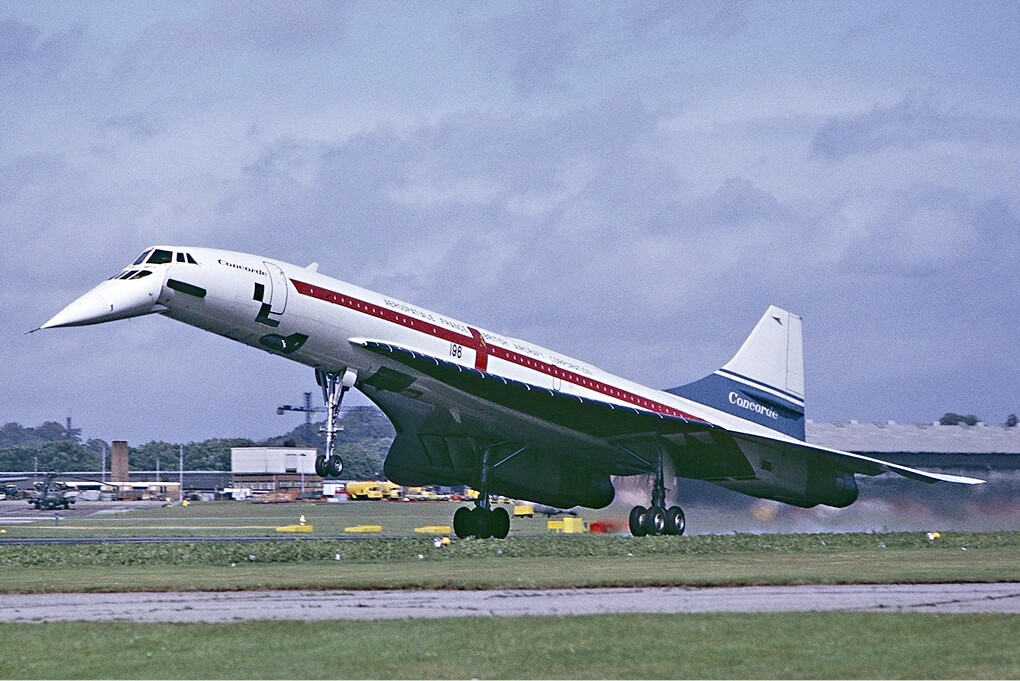More than two decades after the legendary Concorde made its final flight, the dream of supersonic passenger travel is set to take off once again. Aviation insiders have confirmed that a new generation of high-speed jets, informally dubbed Concorde 2.0, could enter commercial service within the next few years, promising to whisk passengers from London to New York in as little as two hours.
The breakthrough follows a landmark move by U.S. lawmakers earlier this year to lift the long-standing ban on supersonic travel over land. The change, signed into law in June, clears the way for a revival of ultra-fast flight, made possible by revolutionary noise-reduction technology that all but eliminates the thunderous sonic booms that once sparked controversy.
Read Also:
NYCN urges Nigerian youths to shun planned “free Nnamdi Kanu” protest on 20 October
Cardiff plans extra parking charges for SUV, large vehicle owners
Kwara govt commissions two new oxygen plants in Lafiagi, Omu-Aran to boost healthcare
At the forefront of this renaissance is Fly Concorde Ltd, a new company backed by an international coalition of engineers and aviation pioneers. While the firm has yet to reveal the final design, insiders describe the project as a fusion of aerospace nostalgia and next-generation engineering, a fitting tribute to one of the most iconic aircraft ever built.
A Legend Reborn
The original Concorde remains one of aviation’s greatest triumphs. Jointly developed by Britain and France, it entered service in 1976 with British Airways and Air France, offering the ultimate in luxury and speed. Cruising at Mach 2, twice the speed of sound, it reduced transatlantic travel times to just over three hours, thrilling a generation of travelers who could dine in London and still make dinner in Manhattan.
But despite its brilliance, Concorde’s story ended in 2003. It was undone by a mixture of tragedy, economics, and shifting public priorities. The 2000 Air France crash near Paris, caused by a burst tire that punctured a fuel tank, dealt a devastating blow to public confidence. Even before the accident, the aircraft’s immense operating costs had strained both airlines, with maintenance expenses skyrocketing for the small, aging fleet. The aftermath of the September 11 attacks further dampened demand for luxury air travel, sealing the jet’s fate.
There were environmental and technical challenges too. The aircraft’s thunderous engines generated intense noise and burned through vast quantities of fuel, making it inefficient in an era increasingly concerned with sustainability. Supersonic flight was banned over land to protect communities from sonic booms, forcing Concorde to operate almost exclusively on transatlantic routes. By the early 2000s, newer subsonic aircraft such as the Boeing 777 offered greater range, more comfort, and dramatically lower costs. Faced with these realities, both Air France and British Airways retired the fleet, bringing to a close nearly three decades of supersonic passenger service.
Two decades later, the Concorde’s spirit is ready to soar again — quieter, cleaner, and faster than ever before. Engineers working on the new supersonic craft say the next generation will weigh around half as much as the original jet and run on sustainable aviation fuel, dramatically reducing its environmental footprint. Advances in aerodynamics and materials mean it will cruise at altitudes of about 60,000 feet, high above conventional air traffic, while state-of-the-art acoustic designs promise to transform the once-thunderous sonic boom into a muted “thump.”
Industry sources suggest that the first commercial flights could coincide with the 50th anniversary of Concorde’s maiden transatlantic crossing in 1976 — a symbolic milestone for the rebirth of supersonic travel. Early routes are expected to mirror those of its predecessor, including London–New York and Los Angeles–Washington, with journey times of around two hours. Tickets will likely carry premium prices at first, but as technology matures and operating costs decline, manufacturers hope to make high-speed travel accessible to a broader range of passengers.
The excitement surrounding Concorde’s revival has also reignited competition. NASA’s X-59 supersonic research aircraft, often nicknamed the “Son of Concorde,” is currently undergoing testing in California. The $247.5 million jet has been designed to prove that quiet supersonic flight is possible, and early simulations suggest it could complete the London–New York journey in under four hours. Its unique fuselage shape and advanced airflow systems allow it to break the sound barrier with only a soft, ground-level thump rather than an explosive boom.
Both the X-59 and Fly Concorde’s proposed jet embody a new vision of flight — one that combines breathtaking speed with environmental awareness and technological responsibility.
When the original Concorde made its final descent at Bristol’s Filton Airfield on November 26, 2003, thousands gathered behind the fences to watch history land for the last time. The aircraft had carried royalty, rock stars, and world leaders; it had defined an era when flight still felt like the future.
Now, after 22 years, that future may be returning. The engineers driving this new supersonic revolution are not merely chasing nostalgia; they are redefining what it means to travel in the twenty-first century. The age of sound-breaking flight, once silenced, is preparing to speak again — this time, with a whisper.



